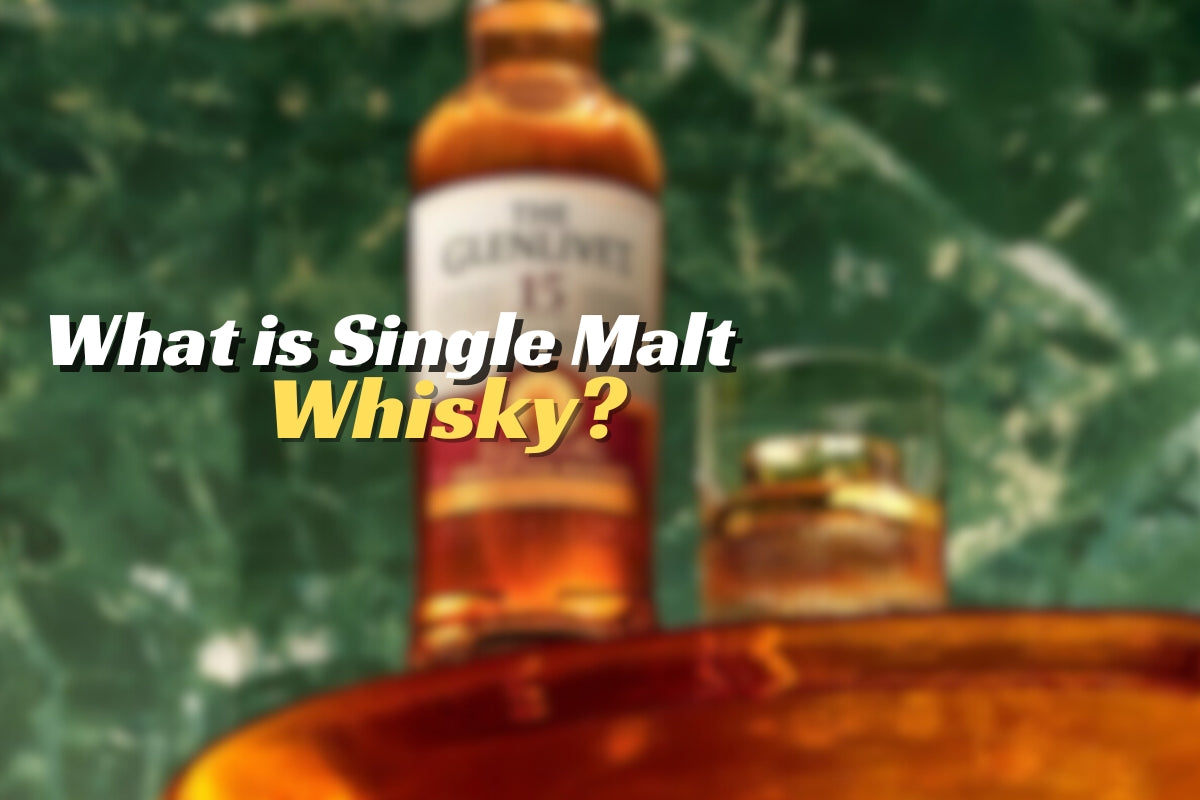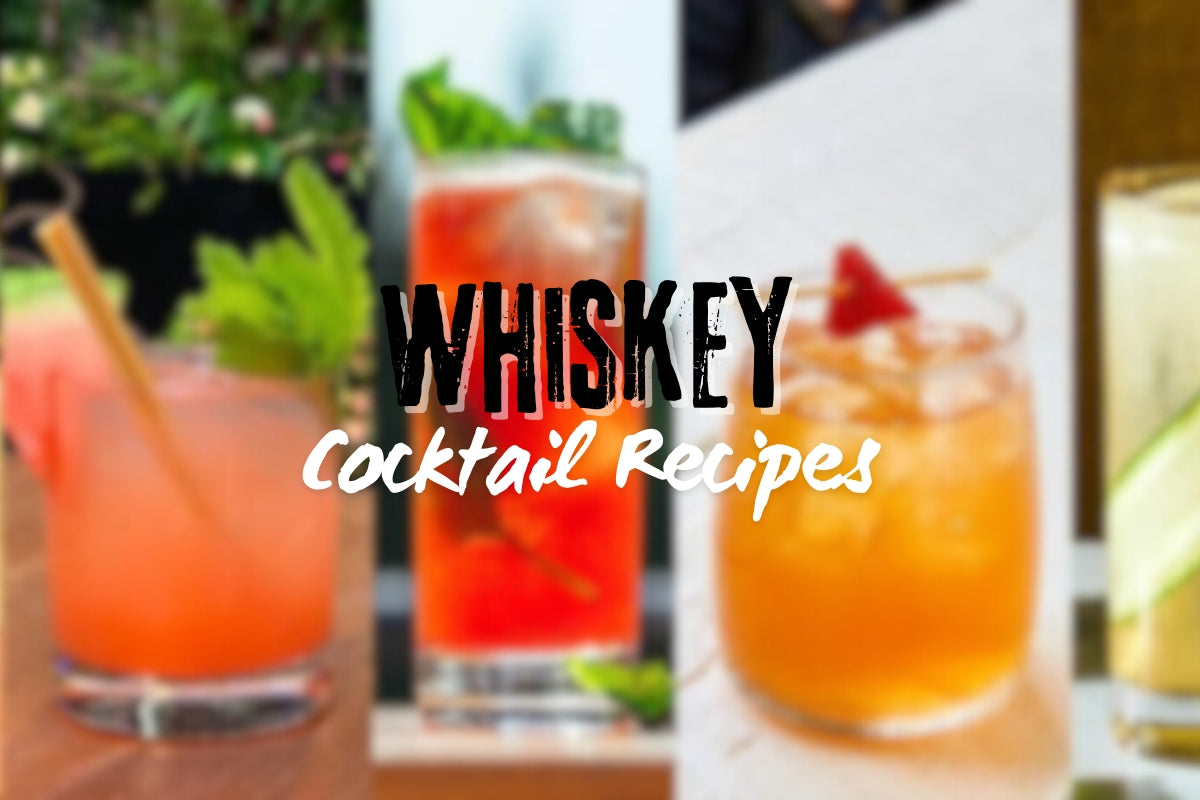
What is single malt whisky?
Single malt whisky is a truly special kind of spirit. It's crafted from malted barley and made at a single distillery, which is where it gets the "single" part of its name. This focus on one distillery means that each bottle has its own unique character and flavor, shaped by the specific methods and environment of that distillery.
Unlike blended whiskies, which combine products from various distilleries, single malt whisky comes from just one place. This creates a consistent but distinct taste. The process starts with malting, where barley grains are soaked, allowed to germinate, and then dried in a kiln. The dried barley is ground into grist, mixed with hot water to extract sugars, and fermented with yeast to create a beer-like liquid called "wash." This wash is then distilled in copper pot stills to refine the flavors and concentrate the alcohol. Finally, the spirit is aged in oak casks, where it develops its depth and complexity over time.

How Long Does It Take to Mature?
Patience is key in the world of whisky. Single malt whisky must mature in oak casks for at least three years by law, but that's just the minimum. Many high-quality single malts are aged for much longer—10, 12, 18, or even 25 years. The aging process is crucial as it allows the whisky to interact with the wood, absorbing flavors and aromas that contribute to its unique character.
The type of cask used for aging plays a significant role. Common choices include ex-bourbon barrels and sherry casks, each imparting different notes to the whisky. Bourbon barrels, made from American oak, typically add vanilla, caramel, and coconut flavors. Sherry casks, often made from European oak, contribute rich, fruity, and spicy notes. The environment where the casks are stored, including temperature and humidity, also influences the maturation process. For instance, whiskies aged in coastal regions may have a hint of maritime saltiness.
If you enjoy your whisky chilled, consider using whisky stones or a large ice cube. These methods cool the whisky without diluting it as much as regular ice. Remember, there’s no right or wrong way to drink single malt whisky—what matters most is that you enjoy it. For the perfect glassware to enjoy your single malt whisky, check out our whiskey glasses at lemonsoda.

Is Single Malt More Expensive Than Other Types of Whisky?
Yes, single malt whisky is generally more expensive, and there are good reasons for this. The production process is more meticulous and time-consuming, requiring high-quality ingredients and careful craftsmanship. Additionally, aging whisky for many years ties up resources and results in natural evaporation (known as the "angel's share"), which means there's less whisky left to bottle. This rarity and the distinctiveness of each single malt batch add to its value, making it a prized choice for whisky lovers.
The aging process itself also adds to the cost. Long maturation periods mean that distilleries have to invest in storage and maintenance for years. The longer a whisky ages, the more it evaporates—a phenomenon known as the "angel's share." This natural loss reduces the amount of whisky available for bottling, making older expressions rarer and more valuable.
Finally, the distinctiveness and quality of single malt whisky contribute to its higher price. Each bottle represents the unique characteristics of its distillery, offering a singular taste experience that cannot be replicated. Connoisseurs and collectors are often willing to pay a premium for these one-of-a-kind spirits.
How Do You Drink Single Malt Whisky?
There are many ways to enjoy single malt whisky, and it often comes down to personal preference. Here are a few popular methods:
- Neat: Pour the whisky into a tulip-shaped glass and drink it as is. This allows you to fully appreciate its flavors and aromas without any interference.
- With Water: Adding a few drops of water can open up the whisky, revealing new layers of aroma and flavor. Use a dropper or spoon to add water gradually and taste as you go.
- On the Rocks: If you prefer your whisky chilled, use large ice cubes or whisky stones. These cool the drink without diluting it too much.
- With Food: Pairing whisky with food can enhance the tasting experience. Try it with cheese, chocolate, or even a hearty meal to discover new flavor combinations.
Single Malt vs. Blended Whiskey
Whiskey labels can be confusing, so it's good for drinkers to understand a few common terms. While scotch is the most obvious example, the same distinction between single malt and blended whiskey applies anywhere in the world. The most significant factor is how many distilleries played a role in making the whiskey.
- Single Malt Whiskey: A blend of malt whiskeys produced at one distillery from one type of malted grain.
- Blended Whiskey: A blend of malted barley and grain whiskeys from multiple distilleries. This includes scotch brands like Johnny Walker and Chivas Regal.
- Blended Malt Whiskey: A blend of malted whiskeys produced at various distilleries (it does not include grain whiskeys).
- Single Grain Whiskey: Whiskey produced from more than one grain, including barley, corn, or wheat, at one distillery.

What Should I Try First?
If you're new to single malt whisky, start with some approachable and well-regarded options. Here are a few recommendations:
- Glenfiddich 12 Year Old: Balanced with notes of pear, butterscotch, and subtle oak.
- The Glenlivet 12 Year Old: Smooth and fruity with hints of pineapple and vanilla.
- Macallan 12 Year Old Sherry Oak: Rich with dried fruit, spice, and chocolate notes from sherry cask aging.
- Highland Park 12 Year Old: A mix of smoky and sweet with honey and heather.
- Aberlour 12 Year Old: Fruitcake, caramel, and a spicy finish, thanks to sherry cask maturation.
These whiskies are widely appreciated and provide a great starting point for your single malt journey. As you become more familiar with different styles and flavors, you can explore older expressions and whiskies from other regions, each offering its own unique character.




Leave a comment
This site is protected by hCaptcha and the hCaptcha Privacy Policy and Terms of Service apply.